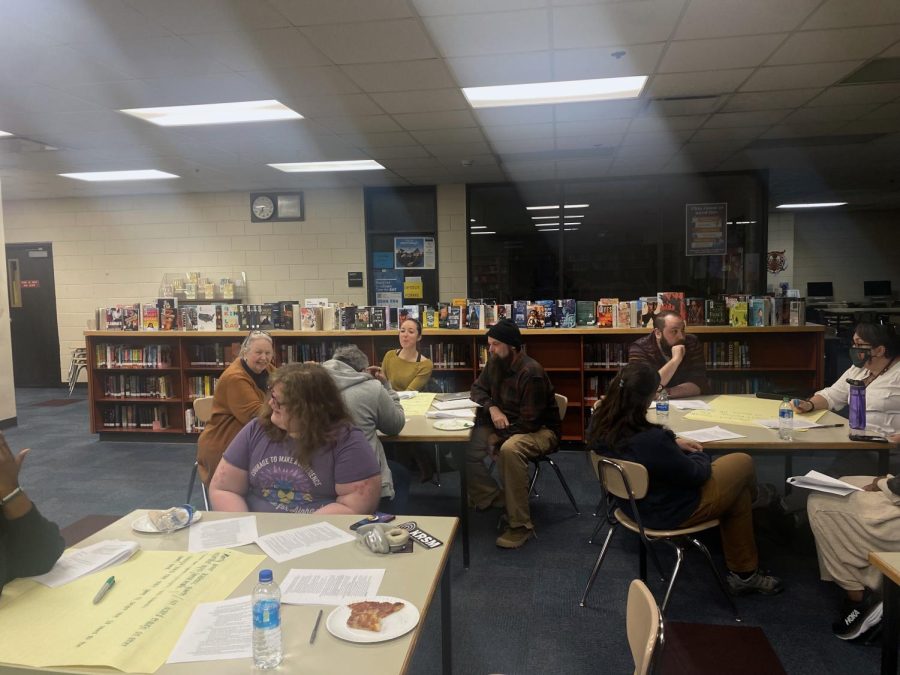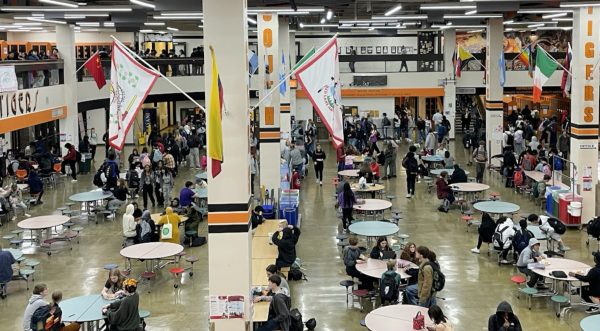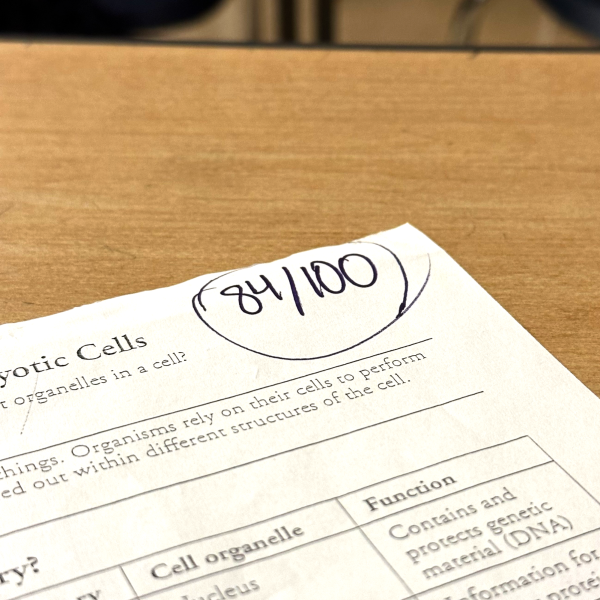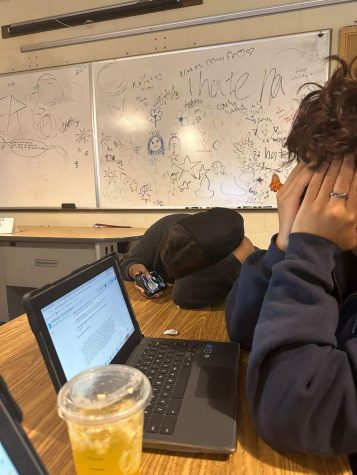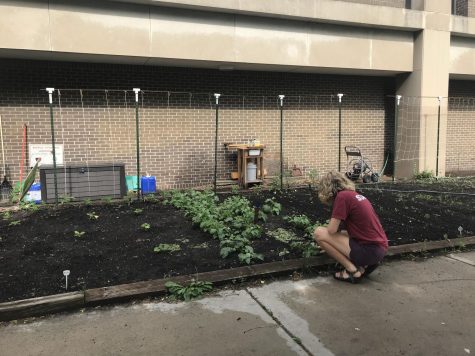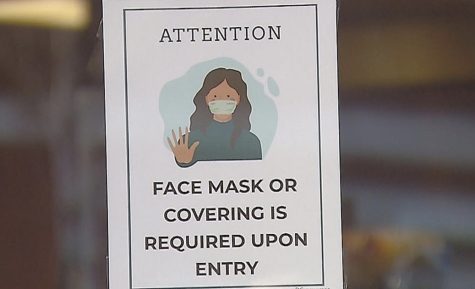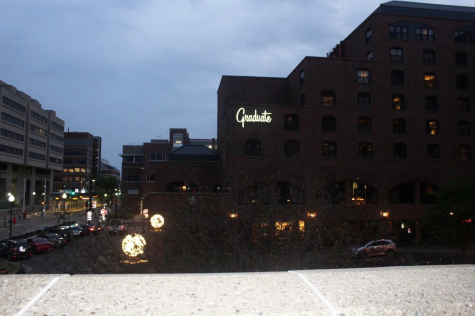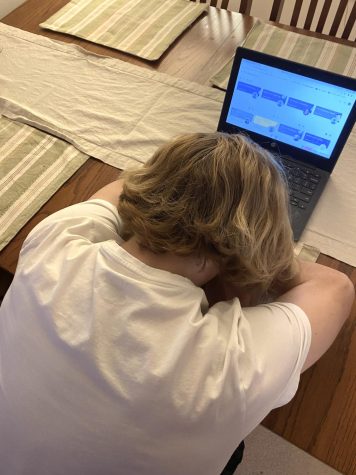The truth behind the racial gap in Advanced Placement courses
This picture is from the Site Council’s monthly meeting, which discussed resources for academic improvement and helping students of color enroll in advanced placement classes in the meeting prior.
March 2, 2023
Success within a class depends heavily on how comfortable someone is in their classroom environment. Since Advanced Placement and College-In-the-Schools courses at South are primarily white, problems frequently emerge when students of color consider taking them. These advanced classes often look good on college applications, prepare students for difficult classes, and can count for college credit, so they are valuable to take. Given that many students of color feel out of place in these primarily white spaces, inclusion should be given much more thought. There have been times when, as a woman of color, I have questioned whether I should enroll in these courses after hearing about how other students of color have felt excluded.
When it comes to classrooms in particular, you frequently have to engage with your classmates because doing so is mandatory and affects your participation grade. Ayaan Hersi, who is currently the co-chair of the Site Council, highlights the importance of improving access for more students of color to AP courses because of their lack of diversity. According to Hersi, “I spoke with peers who took AP classes, and they felt a lot of awkwardness because white students paired up with each other and the few remaining people of color would be left in a group.” She also mentioned how few white students interacted with students of color, even when they were grouped together.
I’ve even been in circumstances where, given my academic history, I should have taken more challenging courses, but I didn’t because of the racial gap. Higher level courses have, in my opinion, typically served as a barrier against students of color who are subject to bias. White students enroll in these courses at a considerably higher rate than non-white students, according to statistics, and this is because educators tend to recommend these courses to them more often. Bias is generated by the fact that there is a lack of diversity among educators, which causes a huge enrollment gap. As a result, the curriculum is created in such a way as to benefit white students as typically as it is recommended to them. Based on the perception that has been formed, students of color won’t perform any better than white students. Due to these negative statistics Site Council intended to minimize the issue and increase enrollment for all students of color in the future.
Lack of diversity can hinder performance in AP classes because it can make students feel isolated and less engaged in their studies, which can be mentally draining. Change is required to promote a welcoming environment for all students since this issue is currently being addressed within the site council with all of these negative effects in mind. No matter the course level, getting to know students from various backgrounds should be a fundamental focus. To ensure diversity, students of color should also be much more strongly supported just as much as white students. Since I don’t believe that a class’s sense of community should be a deciding factor when choosing a class for your schedule.

